Tongue Thrust/Oral Myofunctional Disorder
What is Orofacial Myofunctional Disorder?
In typical development, infants and young children have a forward tongue position and swallow with a tongue thrust. As the child gets older, the tongue moves back and the child swallows with a more mature swallow, with the tongue tip behind the teeth.
For some children, the tongue continues to move forward in an exaggerated way during speech and/or swallowing. When the tongue lies too far forward in the mouth and protrudes between the upper and lower teeth, this can affect some speech sounds, swallowing and dentition. The teeth can protrude because of the forward action of the tongue and result in an open bite (opening between the upper and lower teeth where the tongue pushes through).
A tongue thrust causes sounds that are typically produced behind the teeth to be made through the teeth (n, t, d, s, z, sh, ch). This frontal lisp is common in children up to 4 to 4½ years of age.
Causes can including thumb sucking, enlarged tonsils and adenoids, or allergies. It is important that you talk to your doctor to determine if there are any underlying health issues.
What can professionals do to help?
The speech-language pathologist (SLP) can do an oral motor assessment (assess lip and tongue movements) and a speech sound assessment to determine how the child produces speech sounds. As part of this assessment the SLP can determine whether the child is able to make the erred sounds easily when shown how as well as determine if the child is motivated to change. This is an important factor to consider as it is hard work for the child to correct a tongue thrust and the sounds that are being impacted by it.
The SLP can work with the child or adult to retrain the tongue position so the tongue tip is on on the ridge behind the teeth at rest and during swallowing.
The SLP can also teach someone how to make speech sounds more appropriately so, for example, “sum” and “thumb” sound different. Since prolonged tongue thrust can affect how the teeth grow in and look, older children may also need orthodontics to correct the teeth alignment caused by the tongue thrust.
